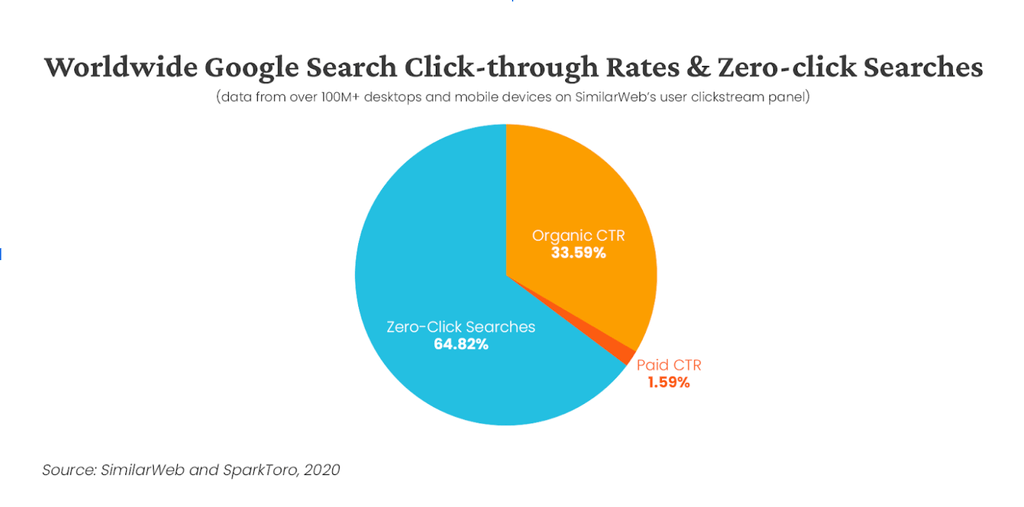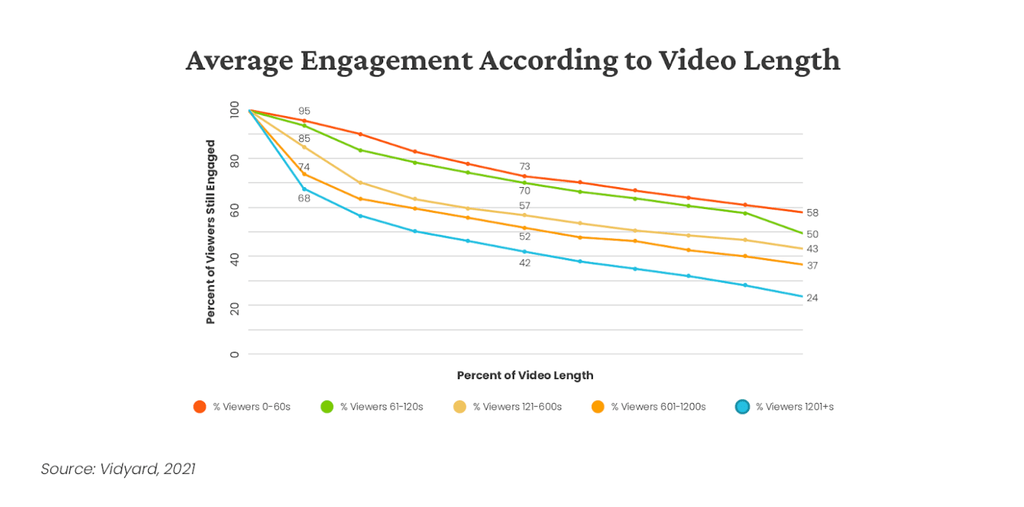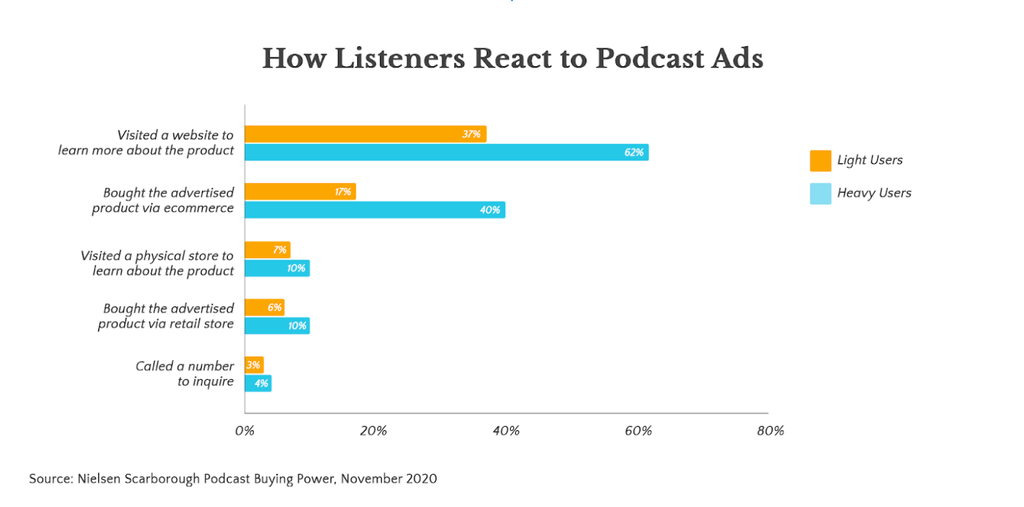SUMMARY
This is AI generated summarization, which may have errors. For context, always refer to the full article.

Talk of how the pandemic has changed the way we do things won’t be getting old any time soon. Even as we adjust and begin learning to navigate our post-COVID reality, you can count on it to still cause more significant shifts, especially in business.
How much more will the landscape change as we flux between opening up and lockdowns brought about by surges? How will these impact the trajectory of small businesses? How will they scale without teetering on the edge of closing?
With these insights, your business can be prepared for this coming year.
1. Protecting consumer data privacy
In the Philippines (as with the rest of the world), e-commerce is booming.
During last December’s Philippine Startup Week 2021, citing data from Google, Temasek, and Bain and Company, these key figures regarding the Philippines’ e-commerce scene were reported:
- 132% e-commerce growth in the past year;
- New digital consumers are up to 12 million, and;
- 99% of digital consumers are likely to continue using e-commerce.
But while those figures spell out hope for Philippine MSMEs, they also point out challenges. Small businesses can look forward to recovering from the blows of the pandemic but not without adequate support.
To start things off, there’s an increasing concern about data privacy. In response to loudening calls for better data privacy protection online, tech giants are slowly rolling out their own restrictions for data tracking.
Apple, for instance, rolled out the iOS 14 security update that imposed restrictions on user data tracking by App Store publishers earlier this year. This was welcomed by users who are wary of data breaches as an added protective measure, so we may soon see similar updates rolling out from other tech companies.
In light of this, you’ll have to reassess how well-equipped you are in safeguarding your organization’s consumer data privacy and how transparent you are with these practices. Remember: A consumer that trusts you is one that will most likely convert.
Ultimately, protecting your customers’ data privacy is non-negotiable in digital marketing – even if it comes at the cost of generating reports for your online marketing efforts. At the end of the day, resolving that issue is just a matter of optimizing your ad campaigns and finding creative and relevant ways to reach out to your existing customers.
2. People are clicking search links less (zero-click searches)
No-click or zero-click searches are one of the biggest trends in online marketing today. (Considering Google’s latest algorithm update called MUM, you can count on this trend to stick.)
Data from SimilarWeb found that, between January and December 2020, almost 65% of Google searches were zero-clicks. Meaning fewer people click links on search engine results pages to get the answers they need.

The reason behind this is simple: Google’s introduction of search features that serve results in alternative forms. These include the Featured Snippets, Knowledge Panel, and other alternative Search Engine Results Page (SERP) features that lessen (if not totally eliminate) the need to click on a “blue link.”
As these other features eat up more real estate on SERP, it can even lead to your website links losing visibility. Eventually, it could lead to fewer opportunities to capture conversions.
All this entails the need to improve your Search Engine Optimization (SEO) efforts in 2022 to cover every possible aspect you can optimize. Look into technical SEO improvements you can implement to vie for a Featured Snippet or an answer on the Knowledge Panel.
3. Shorter video content is more engaging
The flood of content online makes it critical to deliver your brand value as quickly as possible. If you can help it, your videos shouldn’t go over 60 seconds in length.
This is most evident in the rising popularity of short-video social platforms like TikTok, Instagram Reels, and YouTube Shorts. These encourage publishing videos that are not over three minutes in length – better even if you can publish shorter.
To be exact, data from video analytics platform Vidyard showed that shorter videos are better at keeping viewers engaged. Brand-published videos are more likely to keep the majority (58%) of viewers watching until the end if it’s under 60 seconds. And the longer a video is, the fewer people watch until completion, and the earlier they let go.

This trend in short videos is likely to stick as more people and brands publish content and compete for the share of attention. The best way your brand can rise above the noise is to catch attention quickly and, depending on the purpose of the video, excite or educate your audience.
4. Audio content benefits branding and advertising
In Nielsen’s Podcasting Today, which reports on key podcast market trends, podcasts are sharply becoming a prime medium for advertising opportunities.
And before you wonder if this case applies to the Philippines, you can very well note that the country is the sixth-largest podcast market. Spotify reports that podcast consumption in the country more than doubled from March 2020 to 2021 – figures they hope to grow as they collaborate with more local creators.
But that still begs the question of whether or not enterprise podcasting or sponsoring podcasts go beyond just a branding activity? Do they generate any positive impact on hard metrics like sales? For this, we look back at the data uncovered by Nielsen in terms of how audiences react to podcast ads.

As you can see from the figure above, of the types of podcast listeners, Heavy Users are more likely to inquire and/or avail of a product or service mentioned in a podcast compared to Light Users. These stats are welcome news both for the creators seeking sponsors and the advertisers whose audiences have developed distrust over traditional ads seen online.
Close and harmonious brand-creator collaborations will be instrumental in achieving the desired branding and revenue results for podcasting and audio content. Whether you’re starting your own branded podcast or sponsoring an episode, make sure values and objectives align so you can truly reap the rewards.
5. If you’re not using local SEO, you really should
As the economy hopefully eases back into normal functioning, owners of small online businesses will soon face both the boon and bane of customers raging to go outside.
On the one hand, small businesses that flourished in the middle of the pandemic are already equipped to cater to larger volumes of customers. While, on the other, the resumption of economic activity presents competition with offline shopping experiences and online ones.
Counterintuitive as it may sound, the best way to actually capture new customers in this situation is with the help of local SEO. Employ local SEO so that your businesses can rank higher for inquiries that are proximally more accessible to customers that are ready to convert.
After all, why would your customers drive to the supermarket when the convenience store is right around the corner?
Proper implementation of local SEO must ensure that your business’s geographical data and contact details are updated. At the very least, update and complete the information required in your Google My Business profile, or create one if you haven’t already.
6. Consider carefully if your business needs a mobile app
Your consumers are always seeking to cut the steps to a transaction, and so should you. That is why mobile apps are becoming more and more popular.
In fact, App Annie reported in its State of Mobile 2021 analysis that, combined, there are over 200 billion app downloads on iOS, Google Play, and Third-party Android in China. Even spending on mobile apps is rising, with 2020 spendings on app stores capped off at $143 billion.
And it makes sense, given how everyone is doing basically everything on their phones – from work and paying bills to shopping for necessities and connecting with loved ones.
For business owners, you’ll have to carefully assess whether your business and – more importantly – your customers require an app or not. In the same report from App Annie, you’ll find that many industries are making more investments in mobile app development.
7. More people are shopping on social platforms
Social commerce is becoming a massive part of online marketing, as it provides consumers with the ease of purchasing goods right inside the platforms they frequent. For small businesses, on the other hand, operators can now market more affordably and directly to customers versus on an e-commerce website or third-party commerce sites.
Before COVID, many of us were already shopping on Instagram and Facebook Marketplace. But today, global uptake soars, and more platforms are adapting to the trends and needs of consumers.
Zooming into Southeast Asia and the Philippines, it was reported by iKala that the Philippines is among the top 15 countries in terms of usage and time spent on social commerce. We’ll soon see WhatsApp Shops joining the mix of brand-owned Viber groups, in terms of platforms. Eventually, Twitter Commerce will also rise up to meet the trend, along with Pinterest, which has been actively expanding commerce efforts with partner platform Shopify.
But as with many things up-and-coming in digital platforms, it all starts rocky. To effectively ride this trend, you need to put a lot of effort into providing frictionless shopping experiences. In the same iKala report, you can note that social commerce shoppers struggle mainly with expensive shipping fees, no return and exchange policies, and lack of customer service.
8. Connect with audiences better with user-generated content
User-generated content (UGC) is one of the most potent social media marketing tactics you can employ to engage your audiences. This is thanks, in large part, to the fact that people love feeling heard and listened to – more so, contributing to a brand they admire.
And user-generated content provides many benefits for brands that don’t just involve conversions. They are also an excellent way to make your brand relatable to people and help new customers know what existing users love about your brand.
As the pandemic brought out the content creators in many of us, you have tons of opportunities to collaborate with your loyal fanbase and customers. Reach out to those who tagged you in posts and request permission to share their content on your brand page.
Not only does it allow you to get easy content for your brand, but it’s also one of the best ways to let your customers know that their experiences and stories matter.
9. From purely online/offline to hybrid experiences
When the world opens up again, many businesses will be expected to provide hybrid experiences for their customers.
With consumers appreciating the convenience online commerce offers, they’re not likely to stop turning to these to acquire their needs. Hence, it would be wiser to use your online solutions as adjuncts to offline experiences of your brand rather than abandoning them altogether.
On top of that, live online interactions still hold a unique value in expanding your market opportunities. Live-selling became a key trend in China that ballooned cumulative annual growth rate to 280% from 2017 to 2020. Live streaming on TikTok still allows creators to reach new audiences.
Offline and online shouldn’t have to compete when they can work perfectly well together to achieve various business goals. Apply hybrid strategies to leverage both of these channels for sustaining business growth.
If you try to do it all, you won’t accomplish anything. So while keeping up with trends is critical to business survival, you shouldn’t expect yourself to tackle everything on this list. This could lead to strategies not aligned with your business purpose – giving nothing, despite the effort.
Take a step back and look at your own business and customer data so you are guided on which of these trends will actually make sense for you to adapt to. Staying grounded on this data helps you navigate these trends masterfully instead of getting swept by the tide. – Rappler.com
Ming Lagman is currently a content specialist for Propelrr, a digital marketing consultancy in the Philippines and the United States, and a former digital communications specialist for Rappler. Her experience in digital marketing spans both agency and client-side, having worked with various brands to handle marketing efforts both online and offline.
Add a comment
How does this make you feel?





![[PODCAST] Teach Me, Senpai, E12: Travel writing and freelancing with Kara Santos](https://www.rappler.com/tachyon/2024/04/teach-me-senpai-ls-guest.jpg?resize=257%2C257&crop=455px%2C0px%2C1080px%2C1080px)

![[PODCAST] Teach Me, Senpai, E8: Illustrating and freelancing with Raxenne Maniquiz](https://www.rappler.com/tachyon/2023/12/teach-me-senpai-ls-guest.jpg?resize=257%2C257&crop=459px%2C0px%2C1080px%2C1080px)
![[PODCAST] Teach Me, Senpai, E7: Tattoos and illustrations with Wiji Lacsamana](https://www.rappler.com/tachyon/2023/11/tms-lacsamana-ls-optimized.jpg?resize=257%2C257&crop_strategy=attention)
![[PODCAST] Teach Me, Senpai, E6: Thrifting and vintage clothing with Season Pass](https://www.rappler.com/tachyon/2023/11/teach-me-senpai-ls-guest.jpg?resize=257%2C257&crop=460px%2C0px%2C1080px%2C1080px)





There are no comments yet. Add your comment to start the conversation.